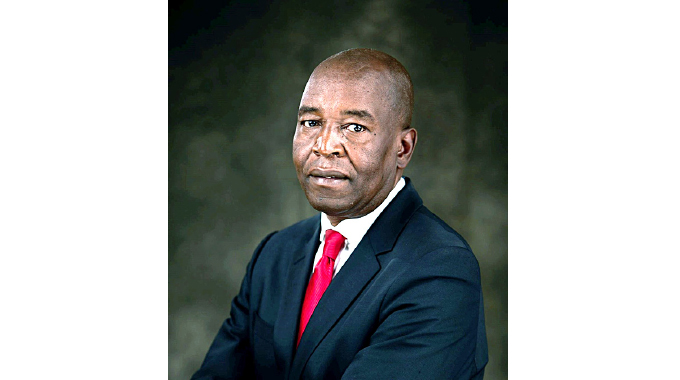Improved electricity supply key driver for industry: CZI

Michael Tome, Harare Bureau
THE Confederation of Zimbabwe Industries (CZI) says improved electricity supply will be one of the key deliverables required to drive strong industrial performance in 2022.
Zimbabwe’s largest manufacturing industry body said improved electricity supply was high on its 2022 expectations as it formed the basis for stable industrial operations.
In recent years Zimbabwe has experienced incessant load shedding, which negatively affected industrial operations as well as domestic consumers.
According to lobby group, running businesses on generators was prohibitively untenable because of unsustainable costs of fuel and the constant need for spare parts.
In mid-September last year, Zesa imposed load shedding schedules lasting up to 12 hours due to a combination of factors including limited generation capacity and need for repairs to key infrastructure.
CZI president Mr Kurai Matsheza said industry looked forward to the state power utility’s announced plans to import electricity from regional suppliers to bridge the domestic deficit.
Critically, that would usher a constant power supply to the industry.
“Electricity availability has become a big problem considering load shedding lately, we know Zesa has been going into the region to see where they can unlock power imports so we continue to urge them to do so, so that industry can be stabilised and can run with uninterrupted power supply,” he said.
Power generation in Zimbabwe is often interrupted due to the need for maintenance of ageing equipment at power stations.
Towards the end of 2021, Zesa said it was in talks with Mozambique and Zambia for the supply of over 450MW of supplementary electricity to complement domestic generation.
Zesa board chairman Dr Sydney Gata was late last year quoted as saying, “To meet the current electricity shortages we are not short of strategic responses, as we speak today, we are just about to finalise an agreement with Zambia’s Zesco which will immediately deliver 100MW and 200MW in January that ought to give us some stability, we are also about to conclude an agreement with Caborra Bassa in Mozambique to deliver 180 MW before Christmas, so there it is, some 500MW that will be available and plans for that are now in an irreversible mode, they are going to happen.”
In his 2022 budget statement, Finance and Economic Development Minister Professor Mthuli Ncube said electricity generation was projected to grow by 5,4 percent this year.
He said growth in output would be underpinned by ongoing rehabilitation and expansion projects, as well as the coming on board of new Independent Power Producers.
Zimbabwe relies heavily on the Kariba South hydro power station, which is the biggest power generation plant in the country, with a total generation capacity of 1 050MW.
In the medium to long term, Zimbabwe intends to add more than 2 000MW to the grid mostly from renewable and cleaner sources of energy including solar and wind by 2030.
The country is also offering significant incentives as it thrives to woo investors into the energy sector and these include five-year tax breaks for generation stations, duty-free import of equipment.











Comments